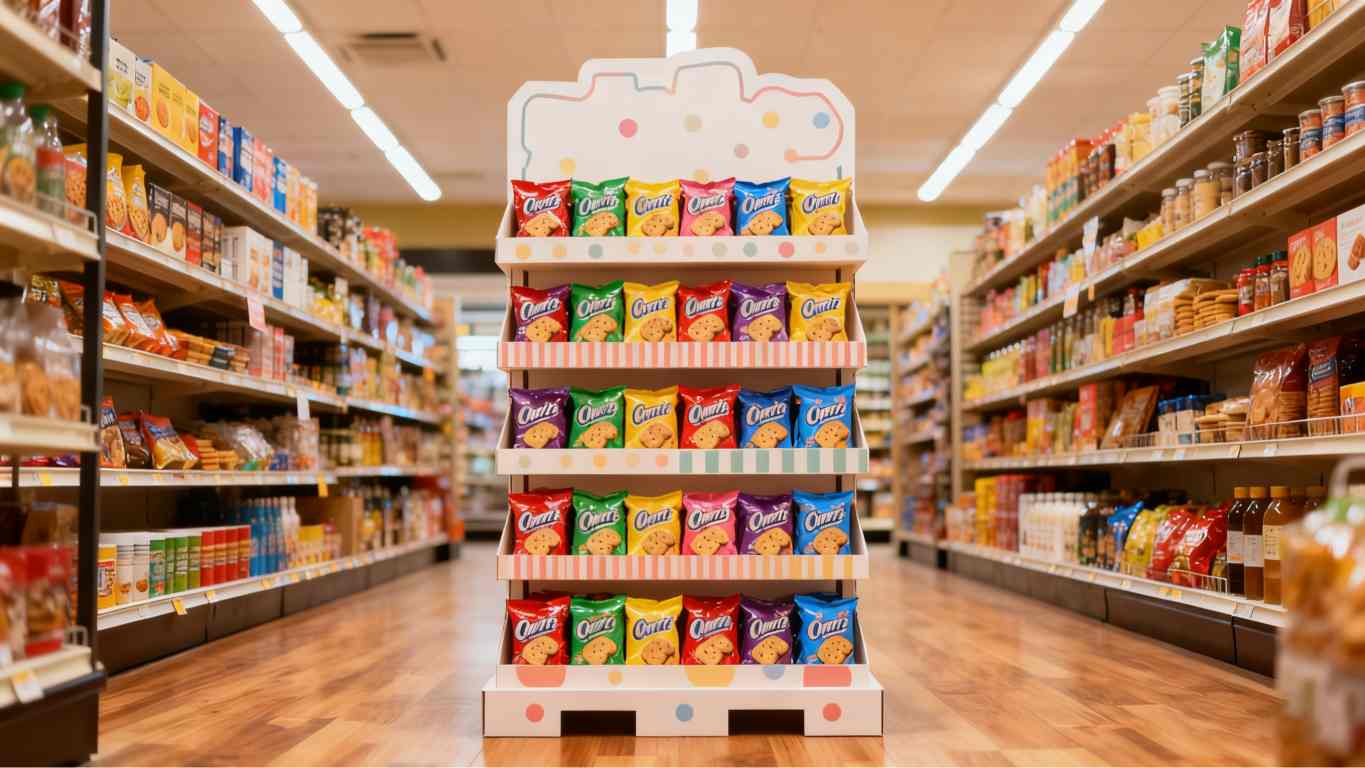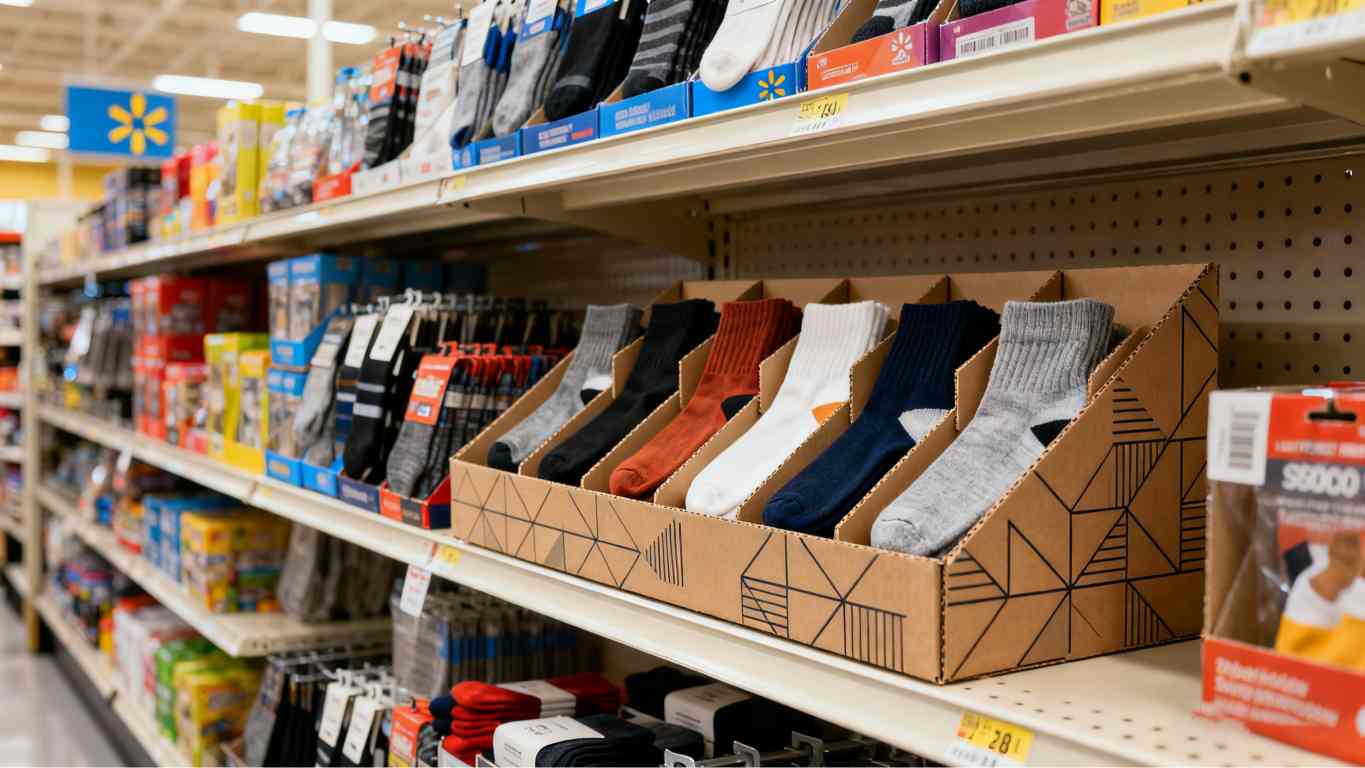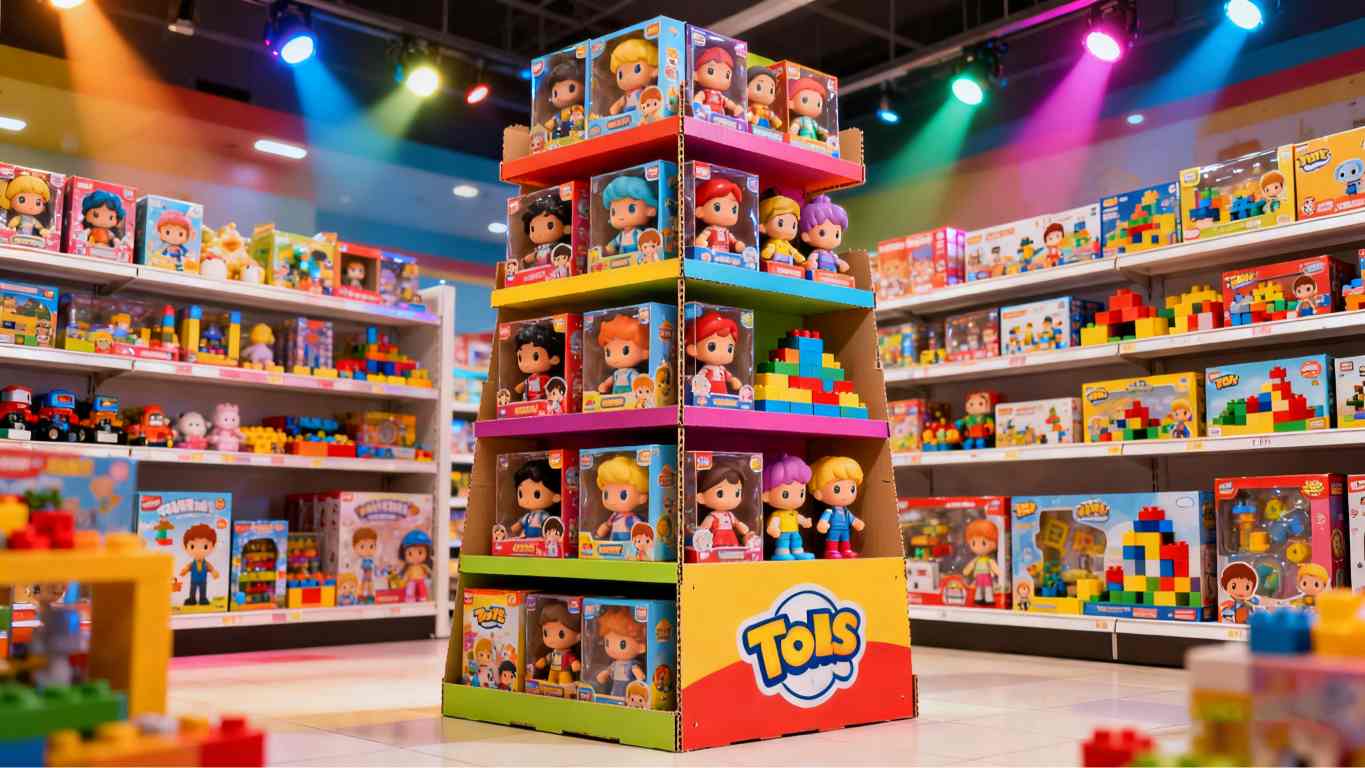Are your products getting lost on generic store shelves? Competitors with eye-catching displays are stealing the spotlight, leaving your brand unnoticed. Custom display stands can change that, making your product the star.
The best way to get custom display stands is to find a specialized supplier online or at trade shows. The process involves an initial consultation, followed by design, prototyping, mass production, and shipping. Clear communication with your supplier is the most critical part of this entire journey.
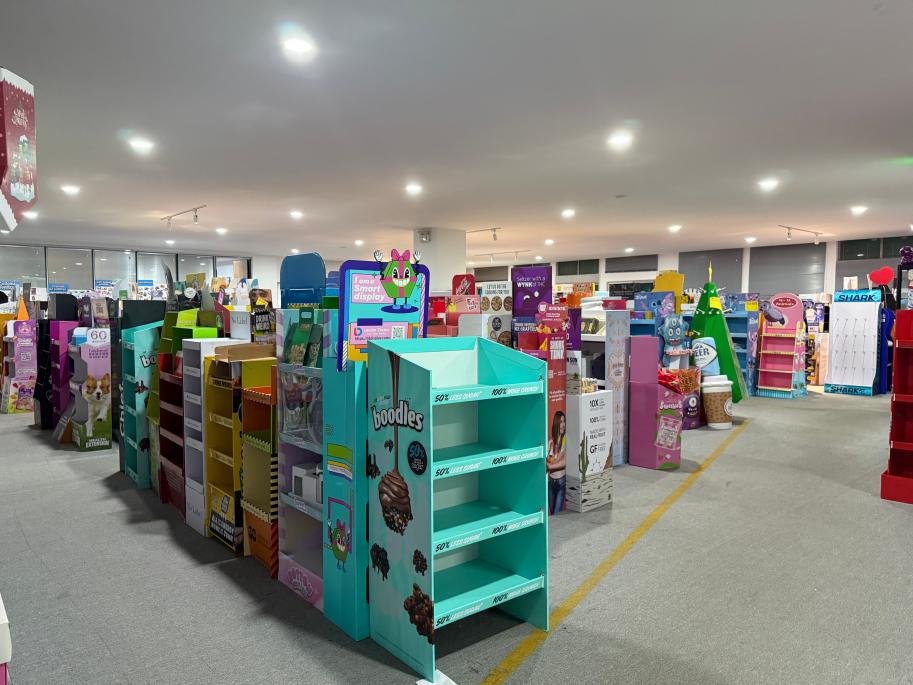
Getting a custom stand built is one of the most exciting parts of launching a product. I've seen it transform a brand's presence overnight. It's more than just a shelf; it's a statement. But before you can get to that final, perfect display, you need to understand the path to get there. It starts with finding the right team to build your vision. Let’s walk through how you can do that and what to expect along the way.
How Do You Find the Right Supplier for Custom Display Stands?
The internet is flooded with suppliers all promising the world. Choosing the wrong one can be a disaster, costing you time, money, and your brand's reputation. You need a clear method to find a reliable partner.
Start by searching online B2B platforms like Alibaba or attending industry trade shows. Vet potential suppliers by carefully reviewing their portfolio, reading client testimonials, and requesting a physical sample. A great partner will have proven experience and communicate clearly and promptly.
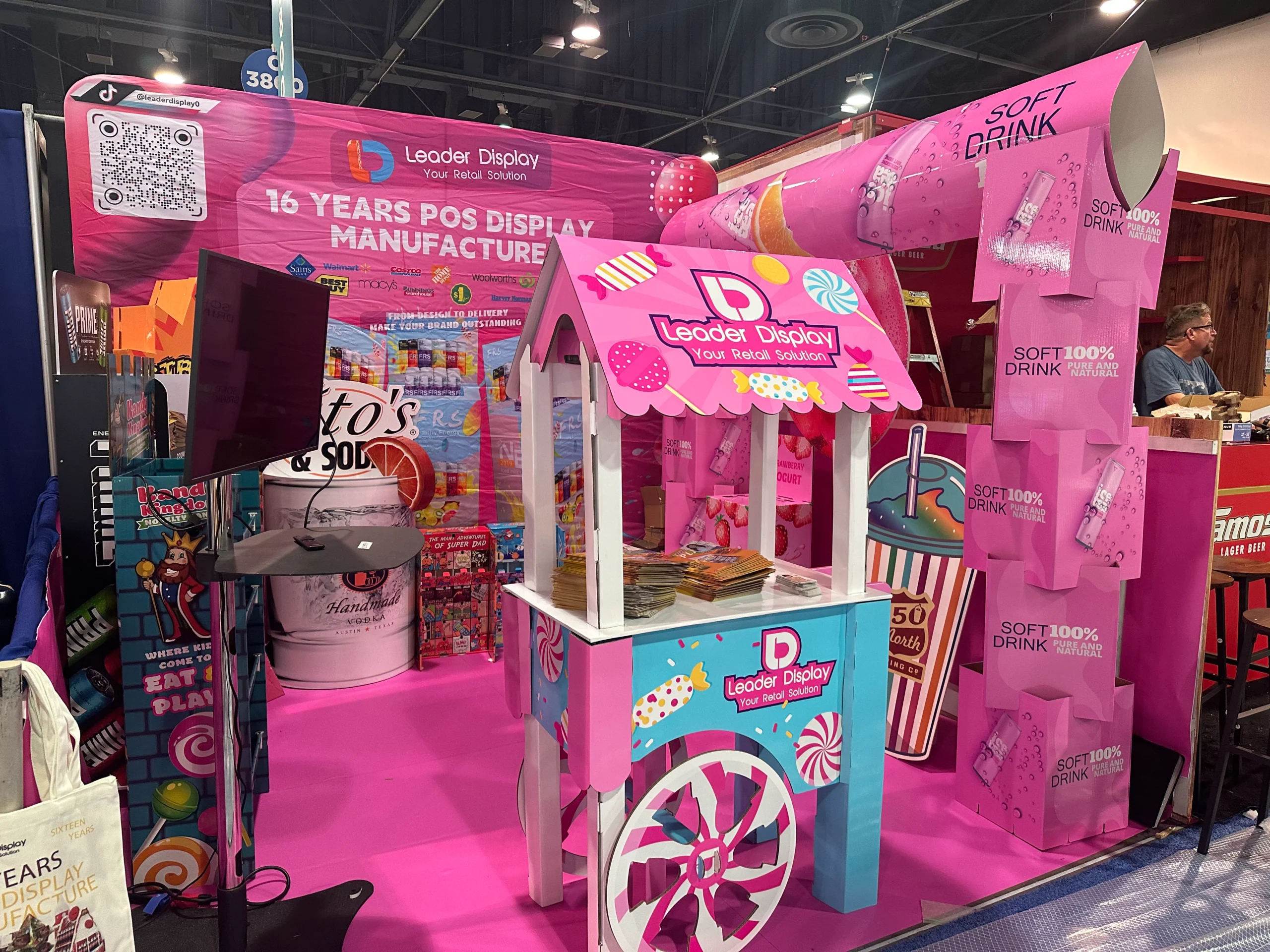
Finding a supplier you can trust is the foundation of the entire project. In my 16 years in this business, I've learned that a partnership is more valuable than a simple transaction. A good supplier acts as an extension of your team. You need someone who understands your vision and has the technical skill to bring it to life. Here’s how I recommend you break down the search.
Start Your Search Broadly
Begin your search online. Use specific terms like "custom cardboard display manufacturer" or "point of purchase display supplier." This will give you a list of potential companies. B2B websites like Alibaba and Made-in-China are also great resources, but you must be careful and do your homework. At the same time, don't forget about trade shows. Going to an industry event allows you to see the quality of their work up close and talk to them in person. This personal connection can make a huge difference.
Evaluate Your Shortlist
Once you have a list of 3-5 potential suppliers, it’s time to dig deeper. Look at their past work. Do they have experience with products similar to yours? Ask for references and actually call them. A key step is requesting a sample. It lets you feel the material and see the print quality for yourself.
Here is a simple checklist I use:
| Evaluation Criteria | What to Check For |
|---|---|
| Portfolio | Do their past projects align with your brand's style and quality needs? |
| Communication | Are they quick to respond? Do they answer your questions clearly? |
| Experience | How long have they been in business? Do they specialize in your industry? |
| Reviews | What are other clients saying about them on review sites or in testimonials? |
| Prototyping | Do they offer a sample or prototype before mass production? |
Taking the time to properly vet suppliers will save you from major headaches down the road.
What Are the Key Steps in the Custom Display Stand Ordering Process?
You’ve found a great supplier, but what happens next? The ordering process can seem confusing, and a single missed step could derail your entire project. Understanding each stage helps you stay in control and get exactly what you want.
The ordering process follows five main steps: consultation, design and quotation, prototyping and approval, mass production, and shipping. Your active feedback at each stage is crucial to prevent delays and ensure the final display perfectly matches your vision.

I always tell my clients that this process is a collaboration. We are building something together. As a supplier, my job is to guide you, but your input is what makes the final product unique to your brand. From the first conversation to the final delivery, each step builds on the last. I've streamlined this process over the years to make it as smooth as possible for a business of any size. Let’s look at what you can expect when you’re ready to place an order.
Step 1: Consultation and Briefing
This is where it all begins. You'll talk with the supplier about your product, your goals, your budget, and your timeline. Be as detailed as possible. Tell them about your brand, who your target customer is, and where the display will be used. The more information you provide, the better the final design will be.
Step 2: Design and Quotation
The supplier's design team will take your brief and create initial concepts. This usually includes 2D sketches or 3D renderings to help you visualize the stand. I find this is the most exciting step for clients. Once you approve a design, the supplier will give you a detailed quote that breaks down the costs for tooling, materials, printing, and production per unit.
Step 3: Prototyping and Approval
Before starting full production, the supplier will create a physical prototype. This is your chance to see and touch the actual stand. You can test it with your products to make sure everything fits perfectly. Check the colors, the materials, and the overall structure. Give any feedback for adjustments. Don't sign off until you are 100% happy with it. This step is your last chance to make changes without incurring major costs.
What Design Details Are Crucial for a Successful Custom Display Stand?
You have a great product and a solid manufacturing partner. But a small design mistake can make your display ineffective, costing you sales and visibility. Focusing on the right details from the start is absolutely essential for success.
The most crucial design details include structural integrity to hold your products securely, clear and bold branding, and graphics that communicate your message instantly. The stand must also be easy for retailers to assemble and place in-store.
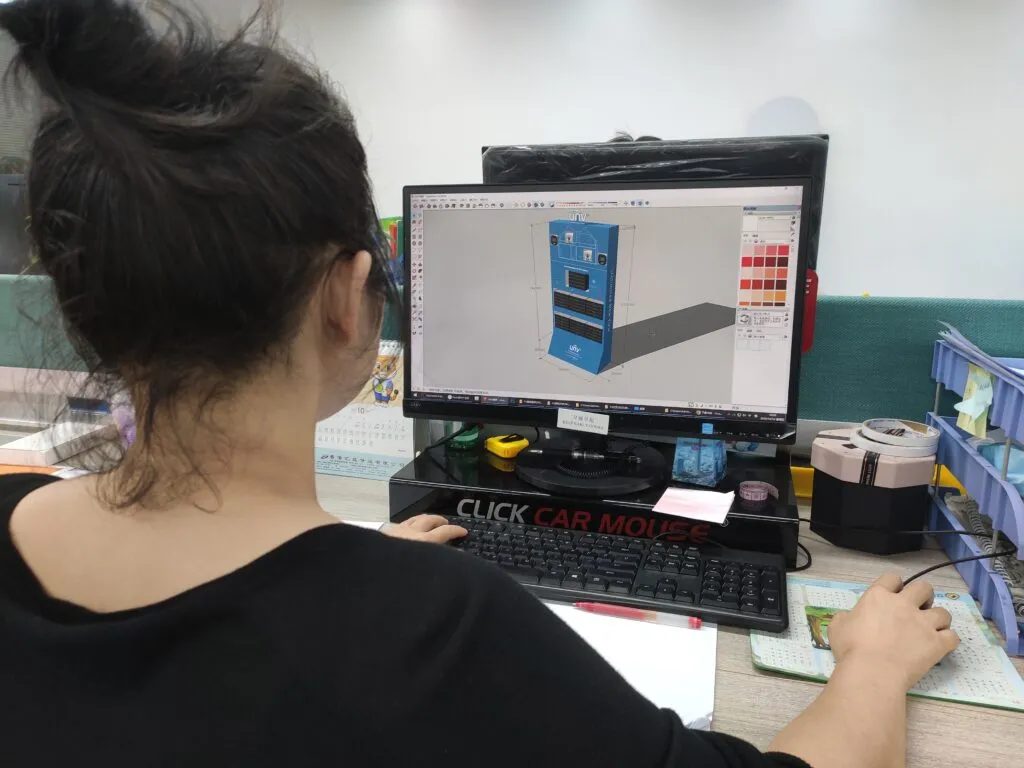
I've seen so many projects over the years. Some are wildly successful, and others fall flat. The difference almost always comes down to the details in the design phase. A display stand is more than a box; it's a silent salesperson for your brand. It has to grab attention, hold the product safely, and tell a story, all in a matter of seconds. As a designer myself, these are the non-negotiable elements I focus on with every project to ensure it performs well in a real retail environment.
The Structure Must Be Solid
The first rule is that the display must not fail. It needs to be strong enough to hold your products for the entire campaign duration. Tell your designer exactly how much weight each shelf needs to support. They will choose the right material thickness and structural design. I always over-engineer my designs slightly. It’s better to be a little too strong than to have a display collapse in a store. That would be a brand disaster.
Branding and Graphics Have to Pop
Your display has only a few seconds to catch a shopper's eye. Your branding must be front and center. Use your logo, brand colors, and a clear, concise message. Don't clutter the design with too much text or too many images. The goal is instant recognition. Think about how it will look from 10 feet away. Will people know it's your brand?
Here are the three key visual elements:
- Header: This is the top part of the display. It should have your logo and a catchy tagline.
- Side Panels: Use these for lifestyle images or key product benefits.
- Shelves: You can add price information or small call-to-action phrases here.
Getting these details right will turn your display from a simple product holder into a powerful marketing tool.
Conclusion
Finding the right supplier and understanding the ordering process are key to creating a custom display stand. With clear communication and attention to detail, you can build a display that truly elevates your brand.



